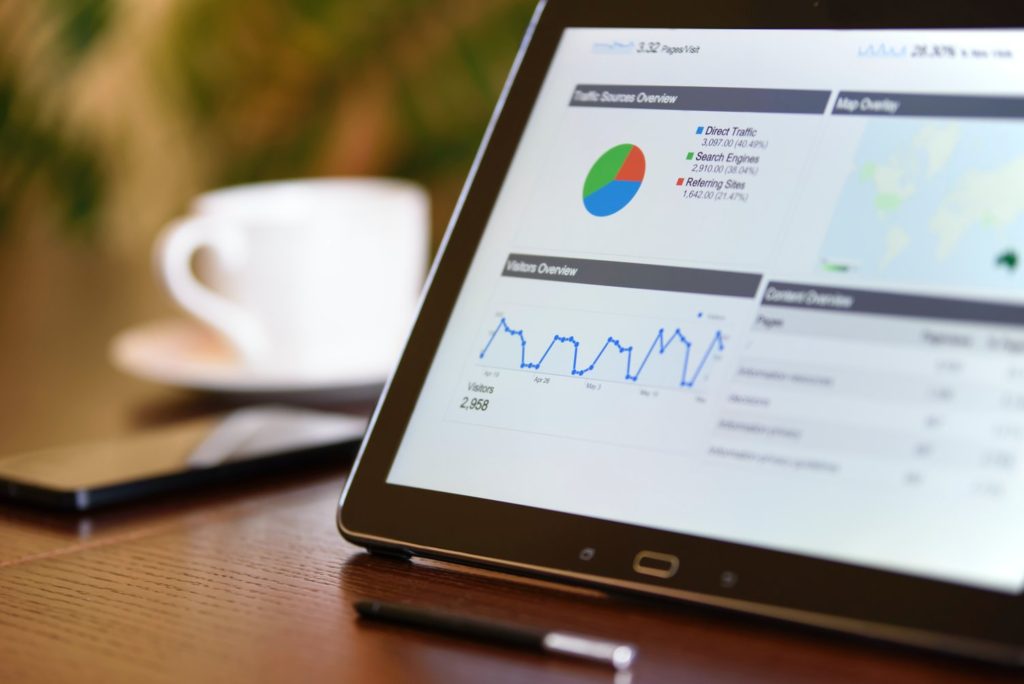Our GovWeb division is dedicated to the modernization of government websites. Part of this effort includes educating our clients on just how many people their websites are actually reaching. Google Analytics is it’s own beast, allowing users a myriad of different ways to assess website exposure and adjust the strategy accordingly to reach relevant audiences.
Analytics information reporting, analysis, breakdowns and the resulting strategy are all part of GovWeb’s services. However, in this article we are going to take a look at portions of Google Analytics which are universally beneficial to understanding website performance and reach right now.
Location, Location, Location
For cities, towns, counties and other government organizations, the quality of traffic is arguably more important than the quantity. Quality in this case being area traffic. It’s encouraging to see local traffic when sites are based around sharing information regarding upcoming meeting agendas and event calendars and other resources. Depending on the entity, this simple insight can be expanded to metropolitan areas, cities. Filters can also be applied to determine where that traffic came from.

Acquisition: (where do they come from?)
Rather than location, Acquisition explores the sources of all traffic. For example, direct traffic encompasses areas in which people typed the URL or used autocomplete in the search bar. Organic traffic accounts for visitors who found your site through keywords in search engines. Social media includes all clicks to your website from … you guessed it, social media accounts.
Referrals include traffic from websites where your website was listed. This can include directories or associated businesses in some cases. Finally, Email includes traffic from people clicking your URL in email footers, or included in text during communications.

Top Pages
Top page performance is a point of interest for any organization. It shows what visitors find most interesting or useful from your website. For cities, towns and counties it can be insightful and actually inform decisions. For instance, if you’re promoting a new service, lack of traffic can inspire you to reevaluate your user interface, or link the information on the home page.

